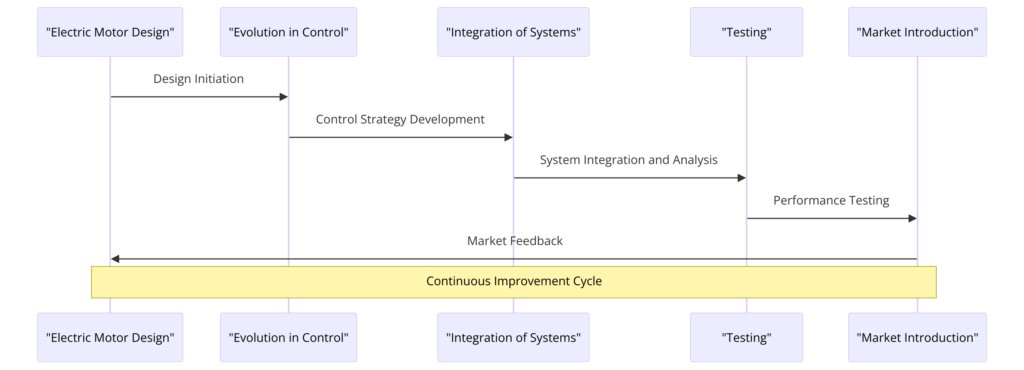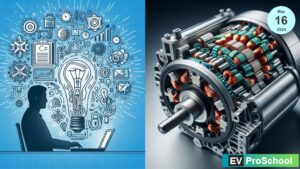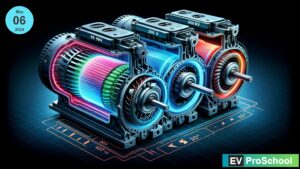In the ever-evolving landscape of electric vehicle (EV) technology, the heart of innovation lies within the domain of electrical machines. The second edition of “Design and Control of Electrical Machines in Electric Vehicles” underscores the critical importance of advancing motor design and control strategies to enhance EV performance. As we delve into the realms of motor ontology, electromagnetic analyses, multiphase motors, and permanent magnet motors, it’s clear that the future of electric mobility is being rewritten with every technological stride.
The Significance of Motor Ontology
Motor ontology provides a comprehensive framework for categorizing and understanding the diverse aspects of electric motor design and functionality. By dissecting the core components and operational principles of various motor types, engineers and designers can pinpoint areas ripe for innovation. This methodical approach paves the way for targeted research and development efforts, ensuring that enhancements in motor technology directly translate to improved EV performance.
Electromagnetic Analyses: The Core of Motor Efficiency
At the heart of electric motor optimization lies electromagnetic analysis. This process involves scrutinizing the motor’s magnetic field interactions to maximize efficiency and minimize energy losses. In the context of electric vehicles, where efficiency is paramount, advanced computational tools and simulation techniques are employed to refine electromagnetic designs. The goal is to achieve an optimal balance between power output, energy consumption, and heat generation, ensuring that EVs can deliver on the promises of range, performance, and sustainability.

Multiphase Motors: Unlocking New Potentials
The exploration of multiphase motors opens new avenues for enhancing the reliability and efficiency of EV powertrains. Unlike traditional three-phase designs, multiphase motors can offer improved fault tolerance and smoother operation, particularly under high load conditions. By distributing power across more phases, these motors reduce the risk of catastrophic failure and facilitate finer control over torque and speed. As research in this area progresses, multiphase motors are poised to become a cornerstone of next-generation electric vehicle technologies.
The Rise of Permanent Magnet Motors
Permanent magnet motors have become increasingly popular in electric vehicle applications, thanks to their high efficiency and power density. The utilization of permanent magnets in the motor’s rotor eliminates the need for electrical energy to generate magnetic fields, significantly reducing energy losses. However, the design and control of these motors present unique challenges, including the management of heat and the optimization of magnetic materials. Ongoing advancements in material science and thermal management techniques are crucial for unlocking the full potential of permanent magnet motors in EVs.

Looking Ahead: The Future of EV Motor Technology
The second edition of “Design and Control of Electrical Machines in Electric Vehicles” captures the essence of the current research and development landscape, highlighting the need for continuous innovation in motor technology. As the demand for electric vehicles grows, the push for more efficient, reliable, and powerful motors becomes increasingly urgent. Through dedicated research in motor ontology, electromagnetic analysis, multiphase motors, and permanent magnet designs, the future of electric mobility looks brighter than ever.
In conclusion, the journey of enhancing electric vehicle performance through advanced motor design and control strategies is an ongoing one. The relentless pursuit of optimization across electromagnetic analyses, multiphase motors, and permanent magnet motors is not just about achieving technical milestones; it’s about shaping the sustainable future of transportation. As we turn the pages of “Design and Control of Electrical Machines in Electric Vehicles, 2nd Edition,” we’re not just reading about the future of EV technology—we’re driving it forward.



